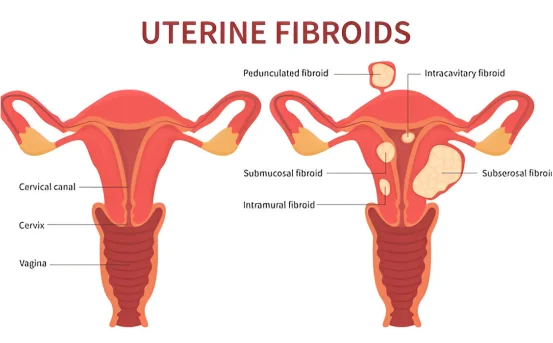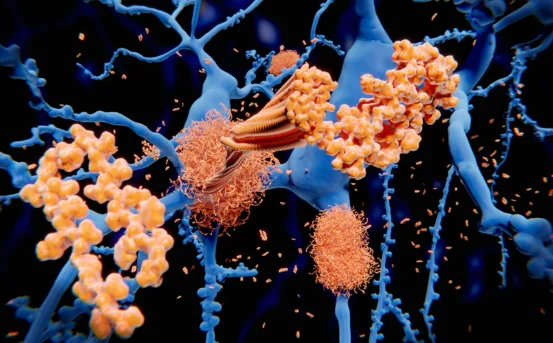Endometrial ablation is a minimally invasive procedure used to treat abnormal uterine bleeding. For many women who suffer from heavy or prolonged periods, endometrial ablation offers an alternative to more invasive surgeries like hysterectomy. But what exactly leads someone to need this procedure? Understanding the causes of endometrial ablation begins with understanding the underlying medical conditions that make it necessary.
But what leads to the need for endometrial ablation in the first place? The decision to undergo this procedure is not made lightly. It usually comes after a thorough medical evaluation and persistent symptoms that interfere with daily living. From hormonal imbalances and uterine fibroids to chronic conditions like adenomyosis and endometritis, there are several medical causes that may prompt a healthcare provider to recommend endometrial ablation.
What Is Endometrial Ablation?
Endometrial ablation is a medical procedure designed to destroy the lining of the uterus (endometrium) to reduce or stop abnormal menstrual bleeding. This lining is responsible for the monthly shedding that occurs during a woman’s period. When the lining is too thick or hormonally unbalanced, it can cause excessive bleeding.
This outpatient procedure is often recommended for women who do not plan to have children in the future, as it significantly reduces fertility. It’s generally performed using heat, cold, microwave energy, or radiofrequency to remove or destroy the endometrial tissue.
Causes of Endometrial Ablation
- Heavy Menstrual Bleeding (Menorrhagia) :- The most common reason for endometrial ablation is menorrhagia, which refers to unusually heavy or prolonged menstrual bleeding. Women with this condition may soak through pads or tampons every hour for several hours in a row, or experience periods that last more than a week.
Menorrhagia is often caused by hormonal imbalances, uterine abnormalities, or underlying health conditions. When medications like birth control pills or hormonal IUDs fail to control the bleeding, endometrial ablation becomes a viable next step.
-
Hormonal Imbalance :-A hormonal imbalance especially between estrogen and progesterone can lead to the thickening of the uterine lining. This can result in irregular, heavy, or prolonged periods.
Conditions like polycystic ovary syndrome (PCOS), obesity, thyroid disorders, and perimenopause can all contribute to hormonal fluctuations. In cases where hormone therapy does not stabilize the menstrual cycle, endometrial ablation may be considered to control excessive bleeding.
-
Uterine Fibroids :- Uterine fibroids are benign (non-cancerous) growths that develop within or on the walls of the uterus. These growths can lead to a heavier and more painful menstrual cycle. Depending on their size and location, fibroids may disrupt the normal shedding of the uterine lining, resulting in severe bleeding.
While small fibroids may not require removal, women with persistent bleeding despite medical treatment may benefit from endometrial ablation, especially when fibroids are located in a way that makes other surgical approaches difficult.
-
Endometrial Polyps :- Another cause of abnormal uterine bleeding is the presence of endometrial polyps small, benign growths on the inner wall of the uterus. These polyps can lead to irregular bleeding, spotting between periods, or extremely heavy periods.
When polyps are the primary cause of bleeding and continue to recur after removal, ablation of the uterine lining may help prevent future episodes of excessive bleeding.
-
Chronic Endometritis :- Chronic endometritis is an inflammation or infection of the endometrial lining, often caused by bacterial infections or retained tissue after childbirth or miscarriage. This condition can lead to persistent abnormal bleeding and pain.
If antibiotics or other treatments fail to resolve chronic endometritis, and if the lining becomes excessively thick or damaged, doctors may recommend endometrial ablation to eliminate the source of bleeding.
- Adenomyosis :- Adenomyosis is a condition in which endometrial tissue grows into the muscular wall of the uterus. This can cause heavy, painful periods and uterine enlargement. Although this condition is usually managed with hormone therapy, in some cases where symptoms are severe, endometrial ablation can provide symptom relief though it may not be fully effective if the tissue has penetrated deeply into the uterine muscle.
-
Bleeding Disorders :- Women with underlying bleeding disorders like von Willebrand disease or platelet function disorders may experience prolonged or excessive menstrual bleeding. When blood clotting is impaired, it can be difficult for the uterine lining to stop bleeding on its own.
Although managing the clotting disorder is the primary approach, some patients may benefit from endometrial ablation as a secondary option to help reduce the amount of bleeding during menstruation.
-
Medication Induced Bleeding :- Certain medications, particularly anticoagulants (blood thinners), can increase menstrual flow. Women taking these medications for heart conditions or blood clot prevention may experience heavy or prolonged periods as a side effect.
If stopping the medication is not an option and bleeding remains uncontrolled with conservative therapies, endometrial ablation might be considered to limit menstrual flow.
-
Perimenopause and Irregular Bleeding :- As women approach menopause, hormonal fluctuations can cause unpredictable and heavy bleeding. This transitional phase known as perimenopause may last several years and can significantly impact quality of life.
For women in this stage who are not candidates for hormone therapy or who have not found relief with it, endometrial ablation can help stabilize the menstrual cycle or eliminate periods altogether.
When Is Endometrial Ablation Not Recommended?
It’s important to note that endometrial ablation is not suitable for everyone. Women who are pregnant, have uterine cancer, or have an active pelvic infection are not candidates for the procedure. It’s also not ideal for women who plan to have children in the future, as pregnancy after ablation carries serious risks and is unlikely to be successful.
A thorough evaluation, including ultrasound and possibly endometrial biopsy, is required to determine whether ablation is the right choice.
Conclusion
Endometrial ablation is a safe and effective solution for many women struggling with abnormal uterine bleeding. The causes that lead to this procedure are diverse from hormonal imbalances and fibroids to chronic conditions like adenomyosis and endometritis. While not suitable for everyone, it can dramatically improve quality of life for those who are good candidates.























